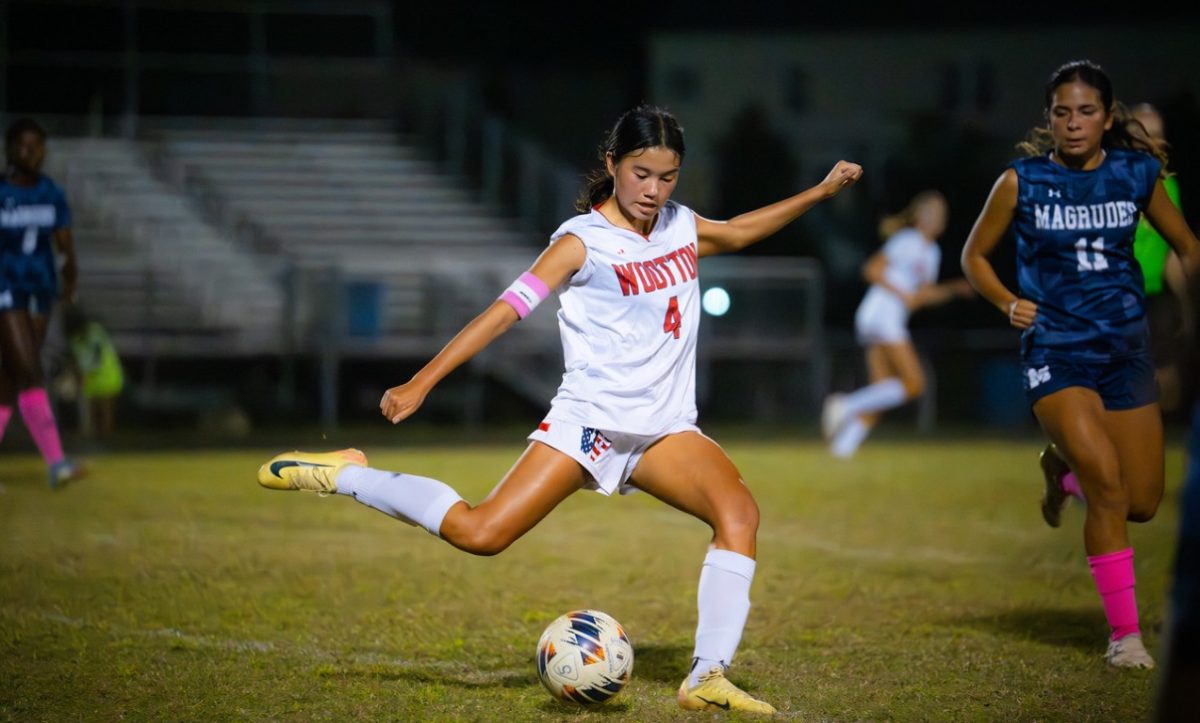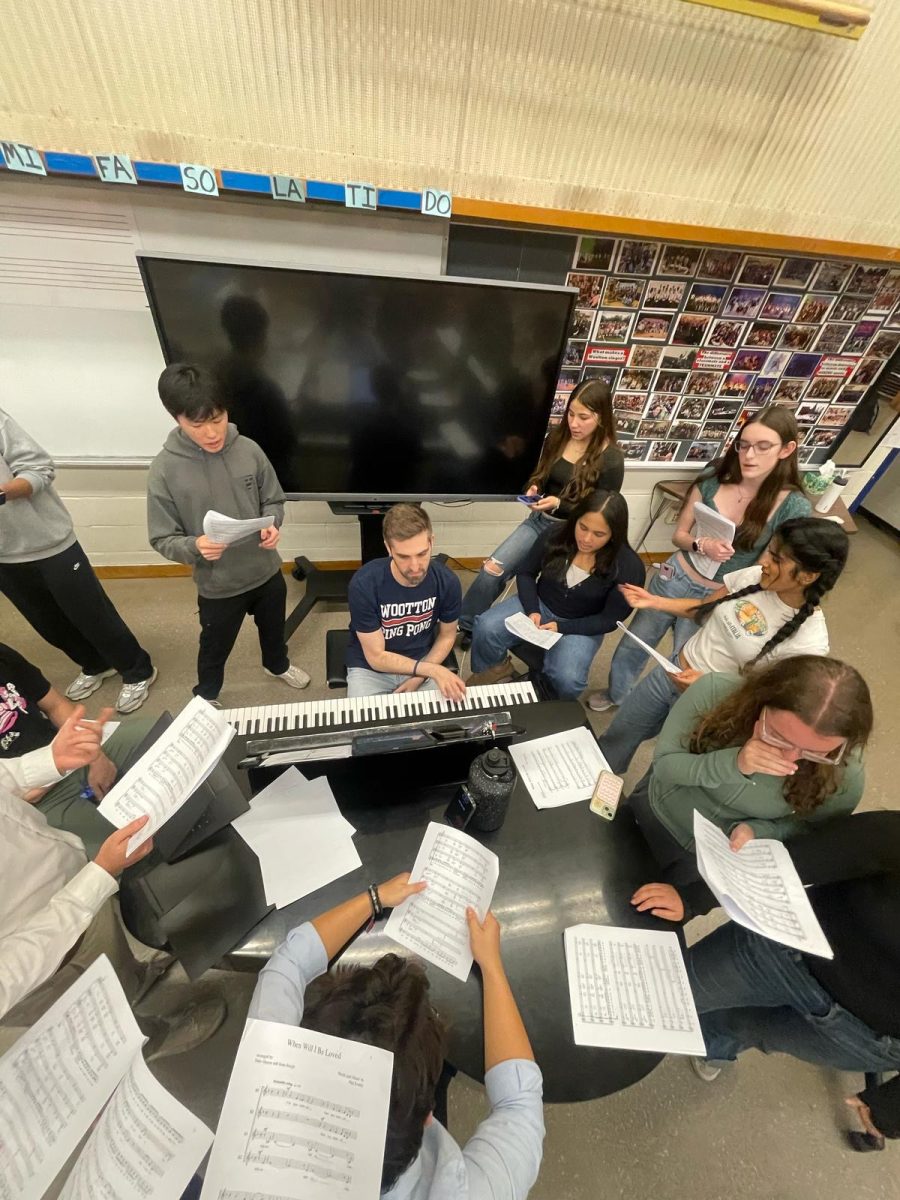Evaluating importance of art, gym, tech credits as requirements
The time to enroll in next year’s courses has come around, and the limited number of class slots has brought the question of mandatory electives back into the spotlight. The current graduation course requirements are four math and English credits, three history and science credits, four and a half elective credits, half of a credit of health and one credit for gym, art and technology.
It can be difficult for students to fit physical education, art and technology courses into their schedule, especially if they already have a plan for what they want to do in college. “It’s really difficult for me to make room in my schedule for other classes I’m not as interested in, and sometimes it can be annoying,” sophomore Merril Heitz said.
Sophomore Daniel Hwang finds it unnecessary to take some classes if they aren’t relevant to what a student wants to study in the future. “These classes aren’t relevant to some career paths, so it isn’t necessary to take them. For example, if you want to major in computer science in college you shouldn’t need to focus on gym and vice versa,” Hwang said.
Art teacher Stephanie Labbe thinks that these courses are important in creating a well-rounded student. “All art and PE classes teach skills and techniques that students can take with them through life. Just a few things they teach students is that there is more than one solution to a problem. They give students an appreciation for people’s differences and different abilities. These classes also help students with achievement and problem-solving skills and they are great stress relievers,” Labbe said. “They understand how these classes have made them better students in other classes and well-rounded individuals.”
According to The Arts Education Partnership, 26 states require students to take one art credit and 44 states make physical education a requirement. The Education Commission of the States finds that most of the states that require either an art, physical education or technology credit only ask for students to take one of the three. Schools give the option of all three subjects, but only require students to try one of the courses, depending on what they are most interested in.
It may be difficult for students to sign up for an gym, art or technology course if they are not interested in any of the courses offered, but Labbe explains that once a student finds an activity that they are interested in, it is likely that they would be able to find a course similar to that activity. “Any of our beginner arts classes, visual or performing, and our PE classes are student centered. I would suggest to a student that is conflicted to think about what would most interest them; is it basketball or soccer? Is it painting or drawing? Do you like to act or sing? Once a student can narrow down their interests, I can guarantee we have a class they can take, and will enjoy,” Labbe said.






![The 2025-2026 Editorial Board Alex Grainger, Cameron Cowen, Helen Manolis, Emory Scofield, Ahmed Ibrahim, Rebekah Buchman, Marley Hoffman, Hayley Gottesman, Pragna Pothakamuri and Natalie Pak (Chase Dolan not pictured) respond to the new MCPS grading policy. “When something that used to be easy suddenly becomes harder, it can turn [students’] mindset negative, whereas making something easier usually has a better impact. I think that’s where a lot of the pushback comes from. But if you put emotions aside, I do think this change could help build stronger work ethic,” Ibrahim said.](https://woottoncommonsense.com/wp-content/uploads/2025/09/fqr5bskTXpn0LRQMmKErLuNKdQYBlL726cFXBaWF-1200x900.jpg)
